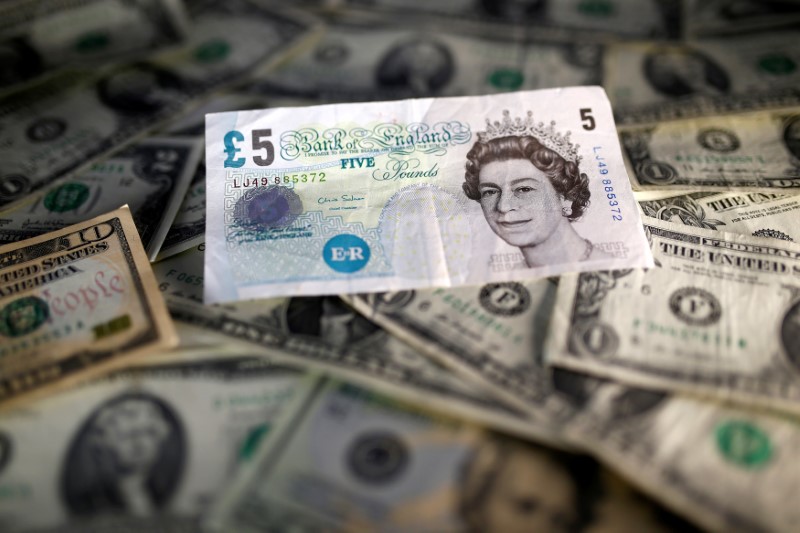Investing.com - The dollar pushed higher against a basket of the other major currencies on Thursday, buoyed by the weaker euro, while sterling dipped a day after the UK formally triggered its exit from the European Union.
The U.S. dollar index, which measures the greenback’s strength against a trade-weighted basket of six major currencies, rose 0.21% to 100.00.
The index slumped to four-and-half month lows of 98.67 on Monday in the wake of President Donald Trump’s failed healthcare overhaul bill.
The setback underlined fears that Trump could struggle to push through the rest of economic agenda, which included pledges on tax cuts and infrastructure spending.
EUR/USD was down 0.27% to 1.0736, off the four-and-a-half month highs of 1.0905 set on Monday.
The euro ended the previous session broadly lower after Reuters reported that European Central Bank policymakers are wary of adjusting their policy message in April after the bank’s message at its March 9 meeting was overinterpreted by markets.
The ECB acknowledged the improving euro zone economy with a tweak of its guidance at its meeting, leading to expectations that it is moving closer to winding down its stimulus program and eventually raising interest rates.
Meanwhile, Chicago Federal Reserve President Charles Evans said on Wednesday he supports further interest rate hikes this year, underpinning dollar demand.
The dollar was little changed against the yen, with USD/JPY at 111.03, having pulled back from Monday’s four-month trough of 110.10.
Sterling was a touch lower against the dollar, with GBP/USD dipping 0.12% to 1.2418, but edged higher against the euro, with EUR/GBP slipping 0.14% to 0.8644.
British Prime Minister Theresa May formally began Brexit proceedings on Wednesday, launching a two-year negotiation process before the divorce comes into effect in late March 2019.
Elsewhere, the Australian and New Zealand dollars were both lower, with AUD/USD losing 0.16% to trade at 0.7658 and NZD/USD down 0.2% at 0.7017.
